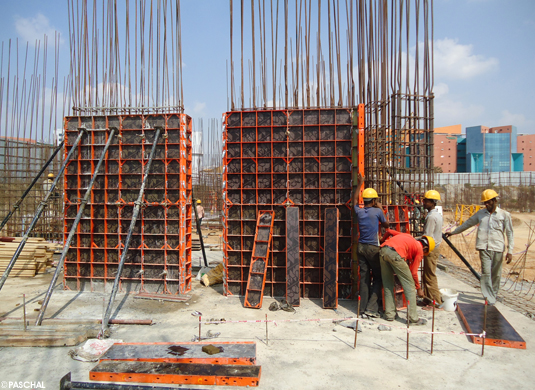Selecting the right ducting supplies for an HVAC (Heating, Ventilation, and Air Conditioning) system is crucial to ensuring the system operates efficiently and effectively. The ductwork plays a pivotal role in the distribution of air throughout a building, impacting both the comfort levels of the occupants and the energy efficiency of the system. Here are the key considerations when choosing ducting supplies, along with their impact on system performance:
1. Material Selection
The material of the ducting is a primary consideration. Common materials include galvanized steel, aluminum, and flexible ducting made from various polymers.
-
Galvanized Steel: Known for its durability and resistance to corrosion, galvanized steel is often used in commercial settings. It can handle high-pressure applications and is fire-resistant. However, it is heavier and more difficult to install than other materials.
-
Aluminum: Lighter than steel and also resistant to corrosion, aluminum is easier to install and suitable for a variety of applications. It is, however, less durable than steel.
-
Flexible Ducting: Made from a combination of metal wire and plastic or fabric, flexible ducts are easy to install and navigate around obstacles. They are ideal for residential applications but can be less durable and more prone to damage if not handled properly.
Impact on Performance: The material affects the durability, installation complexity, and fire resistance of the ductwork. Durable materials like steel can improve longevity and safety, while flexible options can simplify installation and maintenance.
2. Duct Size and Design
The size and design of the ductwork must be carefully calculated to match the HVAC system’s capacity and the building’s requirements.
-
Duct Size: Proper sizing ensures adequate airflow throughout the system. Undersized ducts can restrict airflow, leading to increased energy consumption and uneven heating or cooling. Oversized ducts, on the other hand, can result in energy wastage and higher installation costs.
-
Design Layout: A well-designed duct layout minimizes air resistance and pressure drops. This includes considering the number of bends and turns in the ductwork, which can increase friction and reduce efficiency.
Impact on Performance: Correct sizing and thoughtful design ensure efficient airflow, reducing energy costs and enhancing the system’s ability to maintain consistent temperatures throughout the building.
3. Insulation
Duct insulation is vital for maintaining the temperature of the air as it travels through the ductwork. Insulated ducts help prevent heat loss or gain, depending on the season.
- Types of Insulation: Common insulation materials include fiberglass, foam board, and reflective insulation. Each type has different properties in terms of thermal resistance (R-value) and ease of installation.
Impact on Performance: Proper insulation reduces energy loss, improves efficiency, and helps maintain desired indoor temperatures. This can lead to lower energy bills and increased comfort for building occupants.
4. Sealing and Leakage Prevention
Air leakage from ducts can significantly impact HVAC efficiency. Ensuring that ducts are properly sealed is essential to minimize energy loss.
- Sealing Methods: Using mastic sealant or metal-backed tape to seal joints and connections can effectively reduce leaks. Regular inspection and maintenance are also necessary to ensure long-term integrity.
Impact on Performance: Minimizing leaks ensures that conditioned air reaches its intended destination without loss, thereby improving energy efficiency and reducing operational costs.
Place Your Online Orders: https://www.ductingsuppliesuk.com/shop-online
5. Compatibility with HVAC System
The ductwork must be compatible with the HVAC system’s specifications. This includes matching the system’s airflow requirements and accommodating any special features like variable air volume (VAV) systems or zoning controls.
Impact on Performance: Ensuring compatibility prevents issues such as pressure imbalances, which can lead to inefficient operation and increased wear and tear on the HVAC system.
Conclusion
Selecting the right ducting supplies involves considering material, size and design, insulation, sealing, and system compatibility. Each factor plays a crucial role in ensuring the HVAC system operates efficiently, delivering optimal performance, comfort, and energy savings. Properly chosen and maintained ductwork can significantly enhance the overall effectiveness and longevity of an HVAC system.













